

When it comes to choosing a Mini PC, one of the most crucial decisions you'll have to make is selecting the right processor. The processor is essentially the "brain" of your Mini PC, responsible for carrying out all the necessary computations and calculations.
There are several options available when it comes to processors for Mini PCs, each offering different levels of performance and capabilities. Some of the most popular choices include Intel Core i3, i5, and i7 processors, as well as AMD Ryzen processors.
Intel Core processors are known for their reliability and efficiency, making them a great choice for everyday computing tasks such as web browsing, word processing, and multimedia consumption. On the other hand, AMD Ryzen processors are favored by gamers and power users for their superior multitasking abilities and graphics performance.
Ultimately, the best processor option for your Mini PC will depend on your specific needs and budget. If you're looking for a budget-friendly option that can handle basic tasks with ease, an Intel Core i3 processor may be sufficient. However, if you require more processing power for demanding applications or gaming, investing in an Intel Core i7 or AMD Ryzen processor may be worth considering.
In conclusion, choosing the right processor for your Mini PC is essential in ensuring optimal performance and efficiency. Consider your usage requirements carefully before making a decision to ensure that you select a processor that meets your needs both now and in the future.
When it comes to mini PC hardware components, memory and storage configurations play a crucial role in determining the performance and functionality of the device. Memory refers to the amount of RAM (Random Access Memory) that is available for running applications and processes on the mini PC. The more memory a mini PC has, the smoother and faster it will be able to handle multiple tasks simultaneously.
Storage, on the other hand, refers to the amount of space available for storing files, documents, photos, videos, and other data on the mini PC. There are different types of storage options available for mini PCs, including traditional hard disk drives (HDDs), solid-state drives (SSDs), and eMMC (embedded MultiMediaCard) storage.
Choosing the right memory and storage configurations for a mini PC depends on how you plan to use the device. For basic tasks such as web browsing, word processing, and multimedia playback, a mini PC with 4GB of RAM and 64GB of eMMC storage may be sufficient. However, if you need more power for gaming, video editing, or graphic design work, you may want to opt for a mini PC with 8GB or more of RAM and a larger SSD or HDD.
Overall, memory and storage configurations are key considerations when selecting a mini PC that meets your needs and requirements. By understanding how these components impact performance and functionality, you can make an informed decision that will ensure smooth operation and optimal user experience.
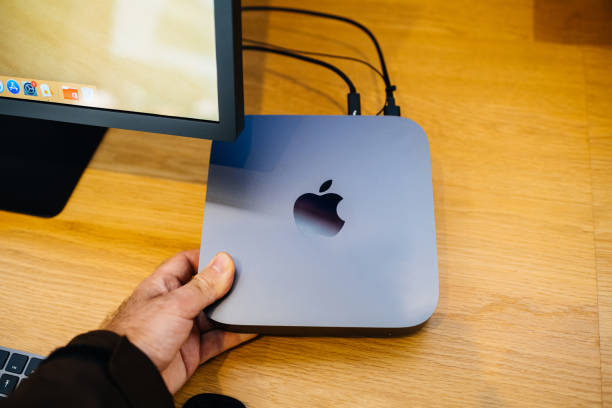
Setting up a mini PC can be an exciting project for anyone looking to create a personalized computing experience.. Before diving into the various components and software installations, it is crucial to start with the first step in setting up your mini PC.
The first step in setting up your mini PC is to carefully unpack all of the components that came in the package.
Posted by on 2024-06-13
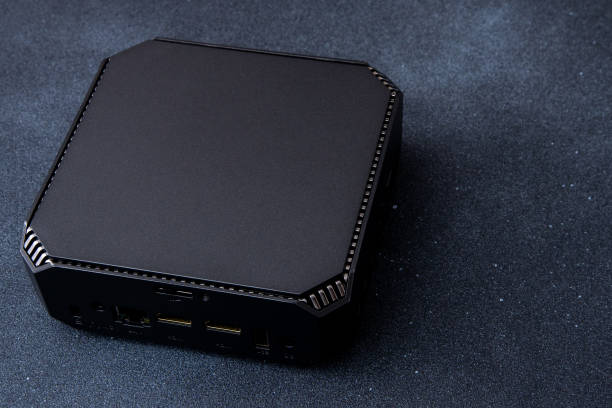
Choosing the right location for your mini PC is an important decision that can greatly impact its performance and longevity.. When deciding where to place your mini PC, there are several factors to consider in order to ensure optimal functioning.
One of the most crucial aspects of selecting a suitable location for your mini PC is ventilation.
Posted by on 2024-06-13
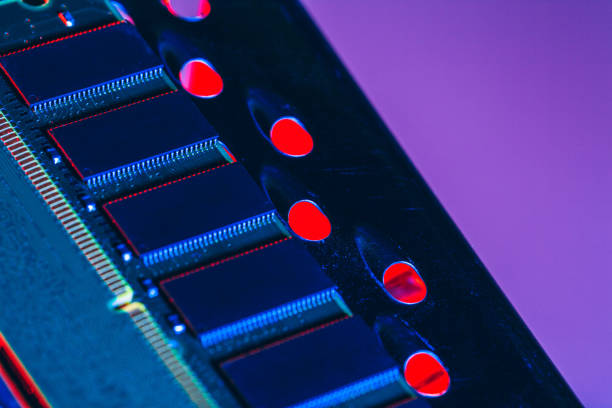
A typical mini PC setup kit includes all the essential components needed to get your mini PC up and running smoothly.. These kits usually come with the mini PC itself, a power adapter, HDMI cable, keyboard, mouse, and sometimes even a monitor.
The mini PC is the heart of the setup kit, containing all the necessary hardware to run applications and software.
Posted by on 2024-06-13
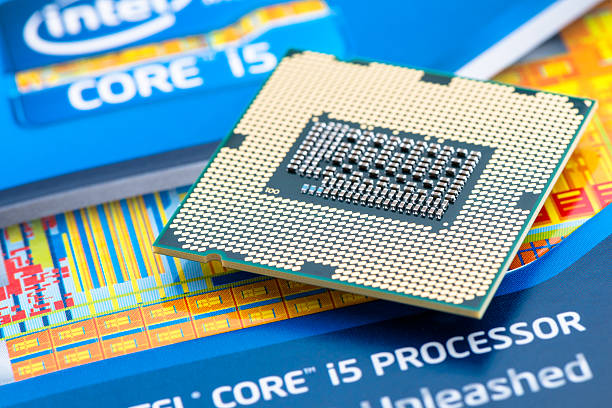
When it comes to connecting peripherals to your mini PC, there are a few different options to consider.. The best way to connect peripherals will depend on your specific needs and preferences.
One common method of connecting peripherals to a mini PC is through the use of USB ports.
Posted by on 2024-06-13
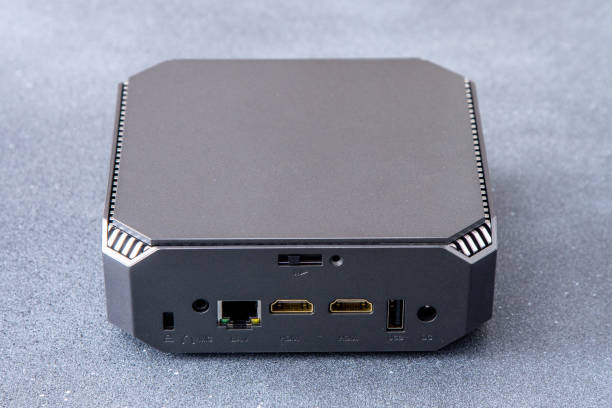
Once you have all the necessary components for your mini PC setup, such as the motherboard, CPU, RAM, storage drives, and power supply, it is time to complete the final step in the process.. This step involves connecting all the components together and ensuring that everything is properly installed and functioning correctly.
The first thing you will need to do is carefully place the motherboard inside the case.
Posted by on 2024-06-13
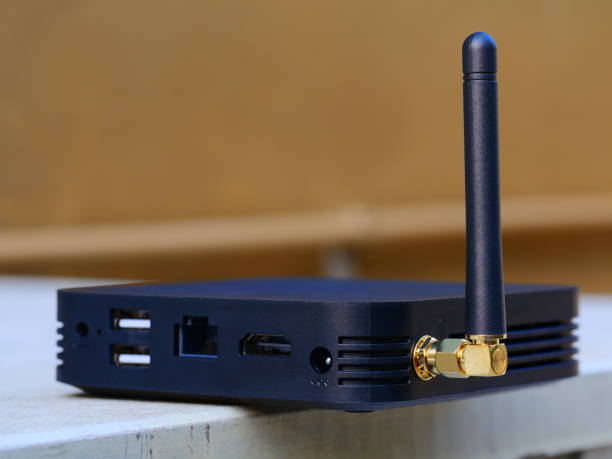
Setting up your own mini PC from scratch may seem like a daunting task, but with the right guidance and a little bit of patience, it can actually be quite easy.. In this essay, we will provide you with some tips on how to easily set up your own mini PC.
First and foremost, you will need to gather all the necessary components for your mini PC.
Posted by on 2024-06-13
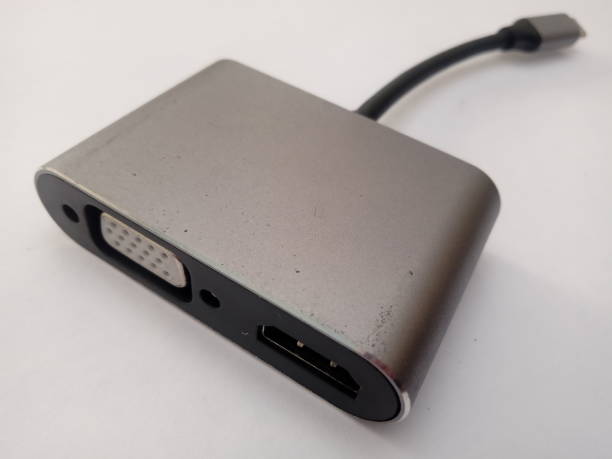
In today's fast-paced world, technology is constantly evolving and becoming more advanced.. One of the latest trends in technology is the mini computer, a compact yet powerful device that offers all the capabilities of a traditional desktop computer in a smaller package.
Posted by on 2024-06-13
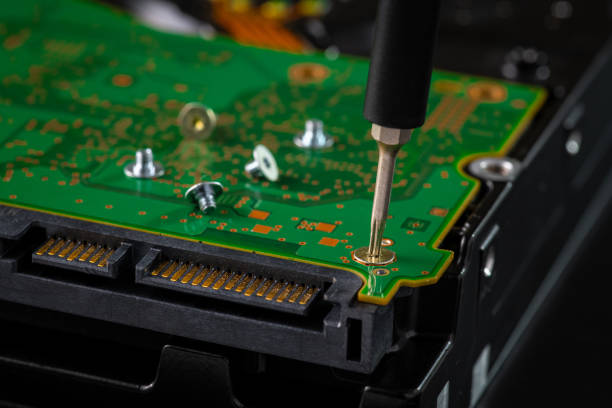
In today's fast-paced digital world, having a mini PC can be incredibly convenient and useful.. These compact computers offer all the functionality of a traditional desktop or laptop, but in a much smaller package.
Posted by on 2024-06-13
Graphics and display capabilities are an essential aspect of mini PC hardware components. These features determine the quality of visual output that a mini PC can produce, making them crucial for tasks such as gaming, video editing, and graphic design.
When it comes to graphics, the type of GPU (Graphics Processing Unit) integrated into a mini PC can significantly impact its performance. A powerful GPU can handle complex graphical tasks with ease, providing smooth and crisp visuals. On the other hand, a weaker GPU may struggle with demanding applications, resulting in laggy or pixelated graphics.
In addition to the GPU, display capabilities are also important for mini PCs. The number and types of ports available on a mini PC determine how many monitors it can support and what resolution each monitor can display. For example, HDMI and DisplayPort outputs are common on modern mini PCs and offer high-definition video output.
Furthermore, some mini PCs come with built-in graphics accelerators or dedicated video memory to enhance their display capabilities further. These features improve image rendering speed and overall visual quality, making them ideal for users who require top-notch graphics performance.
In conclusion, graphics and display capabilities play a significant role in determining the overall performance of a mini PC. By choosing a mini PC with robust graphics hardware and advanced display features, users can enjoy superior visual experiences for various applications.
When it comes to connectivity options for Mini PCs, there are a variety of choices available to suit different needs and preferences. These options can include both wired and wireless connections, allowing users to easily connect their devices to the Mini PC.
One common connectivity option for Mini PCs is the use of USB ports. These ports allow users to connect peripherals such as keyboards, mice, external hard drives, and printers to their Mini PC. USB ports come in various versions, including USB 2.0 and USB 3.0, with the latter offering faster data transfer speeds.
Another popular connectivity option for Mini PCs is HDMI or DisplayPort outputs. These ports allow users to connect their Mini PC to an external monitor or TV for a larger display experience. This is especially useful for tasks that require more screen real estate, such as video editing or graphic design.
For those who prefer wireless connectivity, Mini PCs often come equipped with built-in Wi-Fi and Bluetooth capabilities. This allows users to easily connect their devices to the internet or other wireless peripherals without the need for additional cables.
In addition to these standard connectivity options, some Mini PCs also offer additional features such as Ethernet ports for wired internet connections, audio jacks for connecting speakers or headphones, and SD card slots for expanding storage capacity.
Overall, the wide range of connectivity options available for Mini PCs ensures that users can easily tailor their setup to meet their specific needs and preferences. Whether you prefer wired or wireless connections, there is sure to be a solution that fits your requirements when it comes to connecting your devices to a Mini PC.
Cooling systems and thermal management are crucial components in Mini PC hardware. These systems are responsible for keeping the internal components of a Mini PC at optimal operating temperatures, preventing overheating and potential damage to the hardware.
Cooling systems typically consist of fans, heat sinks, and sometimes liquid cooling solutions. These components work together to dissipate heat generated by the CPU, GPU, and other high-performance components within the Mini PC. By effectively removing heat from these components, cooling systems help maintain stable performance and extend the lifespan of the hardware.
Proper thermal management is essential for ensuring that a Mini PC runs smoothly under heavy workloads or during intense gaming sessions. Without adequate cooling, components can quickly reach dangerous temperatures, leading to reduced performance, system crashes, or even permanent damage.
In conclusion, cooling systems and thermal management play a vital role in maintaining the health and longevity of Mini PC hardware. Investing in high-quality cooling solutions can help users get the most out of their Mini PCs while minimizing the risk of overheating-related issues.
When it comes to choosing a power supply for your mini PC, there are several important considerations to keep in mind. Mini PCs are compact and efficient devices that require a specific type of power supply to operate properly.
First and foremost, you'll want to make sure that the power supply you choose is compatible with your mini PC's hardware components. This means ensuring that the power supply has the correct wattage and connectors to support your CPU, GPU, RAM, storage devices, and any other peripherals you may be using.
Additionally, it's important to consider the efficiency rating of the power supply. Look for a unit that is 80 Plus certified or higher to ensure that it operates at maximum efficiency and reduces wasted energy.
Another key consideration is the size of the power supply. Mini PCs have limited space for components, so you'll want to choose a compact unit that fits comfortably inside your case without obstructing airflow or causing overheating.
Lastly, don't forget about cable management. A modular power supply can help reduce clutter inside your mini PC case and make it easier to route cables neatly for improved airflow and aesthetics.
By taking these factors into account when selecting a power supply for your mini PC, you can ensure optimal performance and reliability from your system.